2 cubic feet is equal to about 0.06 cubic meters, or 14.96 gallons of volume.
When looking at it from a three-dimensional point of view, two cubic feet may appear deceptively small. However, this amount of space can actually hold a surprisingly large number of everyday objects.
To demonstrate this, here we will explore a few items that can fit within two cubic feet and can give a good idea of how big is 2 cubic feet.
1. A Standard Small Wheelbarrow
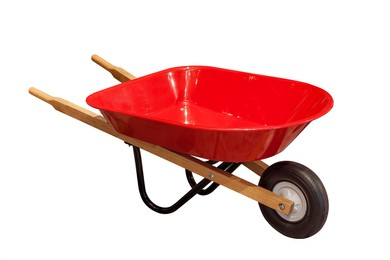
A small wheelbarrow is a tool used for carrying and moving materials, such as dirt, sand, rocks, and other loose materials. It consists of a small, rectangular tray or tub mounted on a single wheel and two handles, which allow the user to push or pull the wheelbarrow.
A small home-grade wheelbarrow is capable of transporting two cubic feet of material in a single load. However, if the material is piled higher than the wheelbarrow’s brim, it can carry an even larger quantity.
2. 48 Standard Red Clay Bricks
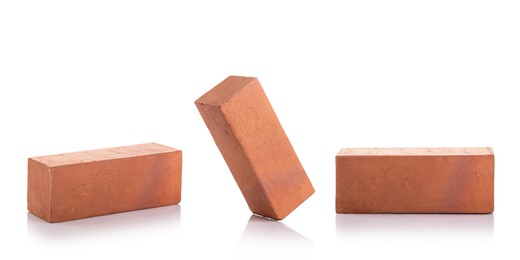
Red clay bricks are a type of brick made from clay, which is a naturally occurring material that is found in many parts of the world.
The dimensions of red clay bricks vary depending on the specific type of brick and the intended use. In general, standard red clay bricks are rectangular in shape and have a length, width, and height.
Here are some common dimensions for red clay bricks:
- Length: 8 inches
- Width: 4 inches
- Height: 2.25 inches
These dimensions are based on standard-size bricks known as “modular” bricks and take 72 cubic inches of space, which are designed to be used in construction projects.
To get a volume of two cubic feet, you would need to stack 48 standard bricks. This would result in a tower measuring 108 inches tall – that is, if there are no layers of mortar holding the bricks together. In terms of cubic inches, two cubic feet is equivalent to 3,456.
3. Seven 10-Pound Bags of Flour
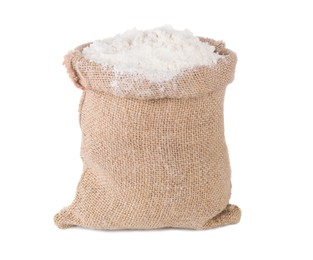
A 10-pound bag of flour is a common size for a bag of flour, and it is typically used for baking and cooking. The weight of the flour, 10 pounds, refers to the amount of flour contained in the bag. The volume of the flour will depend on how packed or lose the flour is within the bag.
A 10-pound bag of flour contains 36.2 cups, which is equivalent to 0.3024 cubic feet. To reach 2 cubic feet, you would need around 7 bags in total.
Related: How Big Is 3 Cubic Feet
4. 2.4 Rolls of Sod
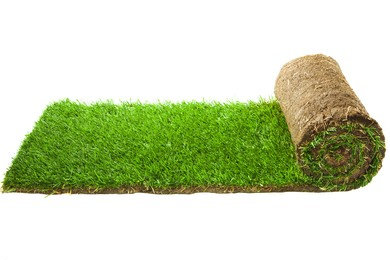
Sod is a type of grass that is grown and harvested specifically for use as a landscaping material, and it is often used to create a new lawn or to repair an existing lawn that has been damaged by drought, disease, or other factors.
Sod rolls are typically about 2 feet in diameter and 5 feet long, and they are typically about 1 inch thick. They are made from a layer of soil and grass that is held together by the roots of the grass plants.
If you’re looking to cover an area of two cubic feet, 2.4 rolls of sod is exactly what you need. Each roll can fill a space of 1,440 cubic inches.
5. Four Large Boards of Foam
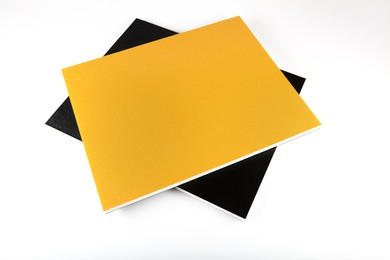
Large foam boards are sheets of foam that are used for a variety of applications, including crafting, advertising, and construction. They are made from a type of plastic called polystyrene, which is a lightweight, rigid material that is easy to cut and shape.
Foam board is available in different sizes, with the most common option being 36 x 48 inches and half an inch thick.
In order to visualize what two cubic feet looks like, you will need 4 sheets of 36x48x0.5-inch foam board. This would add up to 864 cubic inches in total volume.
6. 11 Standard Bowling Balls
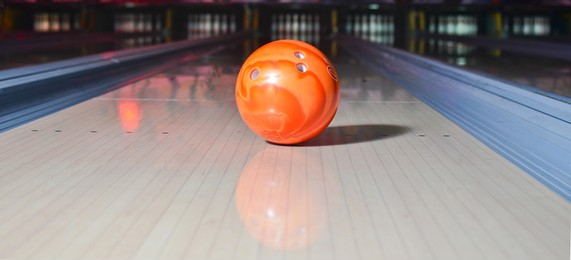
The size and weight of a bowling ball is an important factors in a player’s performance, as different sizes and weights can affect the ball’s speed, hook, and overall performance on the lanes. Bowling balls are available in a range of sizes and weights, and players typically choose a ball based on their own physical characteristics, such as height, arm strength, and bowling style.
A standard bowling ball typically weighs between 8 and 16 pounds, with a diameter of 8.5 inches. This translates to a volume of 321.56 cubic inches. If you wanted to take up two cubic feet of space, that would require around 11 bowling balls.
Related: How Big Is 5 Cubic Feet
7. 18 Common Cereal Boxes
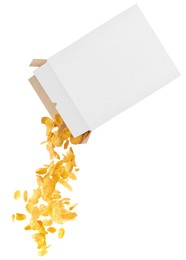
Cereal is a popular food that is often consumed as a breakfast or snack, and it is typically served with milk or another liquid. Cereal boxes are typically rectangular in shape and are made from lightweight, flexible materials such as cardboard or paperboard.
The dimensions of cereal boxes can vary depending on the specific type of cereal and the size of the individual serving.
Most cereal boxes come in a uniform size, measuring 12 x 8 x 2 inches and having a total volume of 192 cubic inches. This means that despite the huge variety of cereal brands, the boxes themselves have a consistent size across them.
If you have 18 family-sized cereal boxes. Altogether, they should add up to two cubic feet of volume. This provides an easy way to get a sense of how big is 2 cubic feet.
8. 57 1-Liter Water Bottles
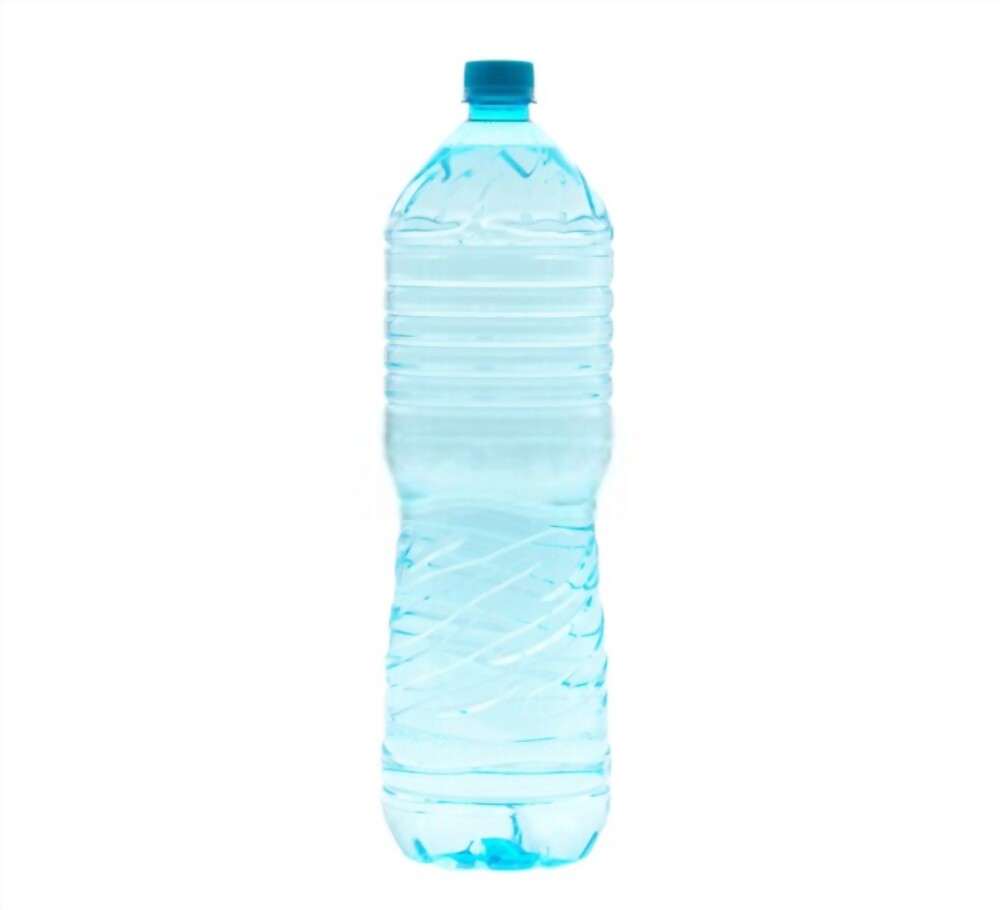
The densities of liquids can vary greatly from one another. For example, mercury has a density of 13.53 grams per milliliter at room temperature, whereas water is only 1 gram per milliliter. This means that two liquids can occupy the same amount of space but have very different weights depending on their respective densities.
If you have 57 one-liter bottles of liquid, that’s equivalent to around two cubic feet. An interesting fact – it would take 1,132,674 droplets of water, every 0.05 milliliters in size, to fill a two-cubic-foot basin! That’s a lot of droplets!
9. 110 Standard Cans of Food
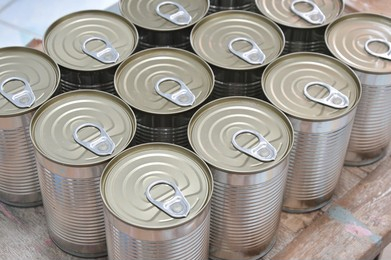
They are typically cylindrical in shape and have a removable top and bottom that can be sealed to keep the food fresh.
Food cans are used to package a wide variety of foods, including fruits, vegetables, meats, and other types of prepared foods. They are often used to store and transport food, and they are a convenient and practical way to preserve food for long periods of time.
The typical size of a can labeled as “#300” is 3 inches in diameter, 4-7/16 inches in height, and has a volume of 31.37 cubic inches. This means that an underground bunker with 110 cans of canned food, would take up approximately two cubic feet of space on the shelves.
Thus, it is important to consider volume when stocking canned goods for long-term food storage.
Conclusion:
When it comes to measuring two cubic feet of space, there are a variety of materials you can use. Depending on your need and application, you can use anything from bowling balls to food cans to sod rolls. Regardless of the material you choose, understanding how much space two cubic feet occupies is essential for any project or task. By doing a bit of math and considering the size of the materials, you can easily determine how much space two cubic feet take up.